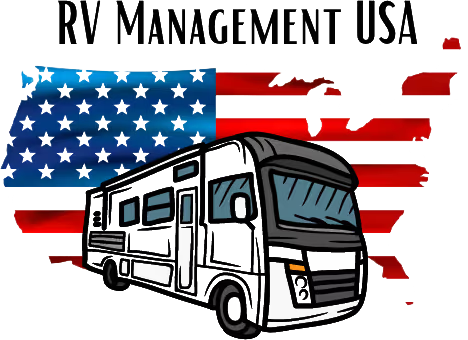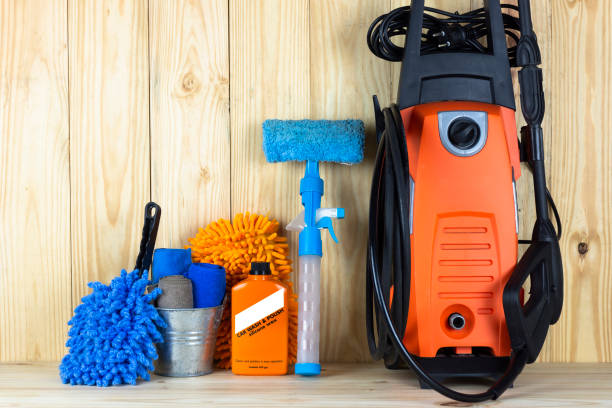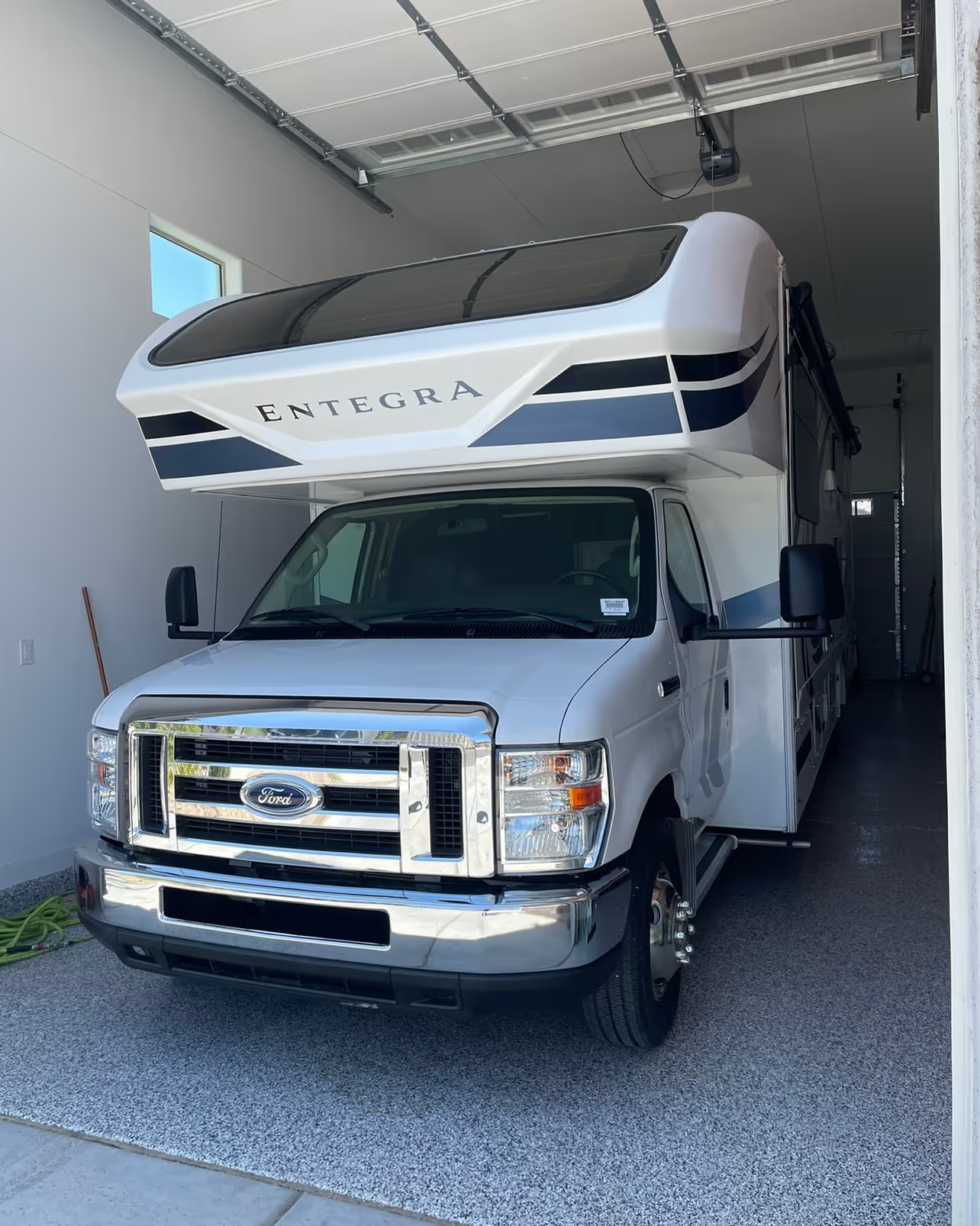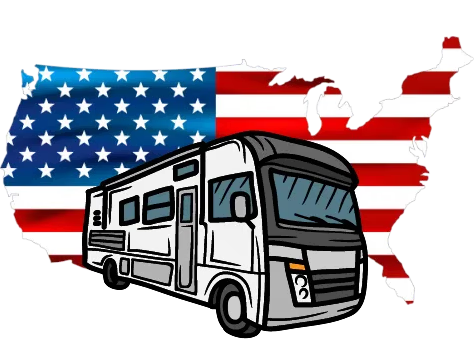RV ownership comes with the freedom of the open road—and a surprisingly long maintenance checklist. If you’ve ever wondered, “How often should I get this serviced?” you’re not alone.
Now layer in the fact that your RV is generating income through a rental program, possibly hosting dozens of families per year. Suddenly, it’s not just about keeping things working—it’s about staying ahead of wear, maximizing uptime, and protecting a valuable income-producing asset.
The good news? When your RV is in a rental management program like RV Management USA, you’re not responsible for figuring all that out. There’s a system in place.
This article breaks down how often your RV should be serviced under management—and why professional oversight means more peace of mind and fewer unexpected costs.
Table of Contents
- Why RV Servicing Needs to Be Routine
- What “Serviced” Means in the Rental Context
- How Management Systems Track Maintenance
- Core Systems and Their Service Intervals
- Seasonal vs. Usage-Based Scheduling
- What Happens If Something Breaks
- Owner Visibility and Reporting
- Final Thoughts
1. Why RV Servicing Needs to Be Routine

Unlike a personal-use RV that may see 3–5 trips per year, a rental RV might be in motion 100+ days annually. That’s more mileage, more tank use, more wear on tires, seals, electrical systems, and appliances.
If you wait until something breaks, you’ve already lost money—not just in repairs, but in canceled bookings and downtime.
Proactive service keeps your RV:
- Safe for renters
- Reliable for bookings
- Covered under warranties
- Resale-ready at all times
- Generating income with minimal disruption
2. What “Serviced” Means in the Rental Context
“Servicing” an RV means more than just topping off fluids or checking tire pressure. In a management context, servicing includes inspection, replacement, adjustment, and cleaning of any critical system based on time, mileage, or feedback.
At RV Management USA, servicing falls into three categories:
- Turnaround Inspections: Light checks before and after every rental
- Scheduled Maintenance: Based on mileage or usage hours
- Seasonal or Preventative Service: Time-based tasks to reduce long-term wear
Each is logged and overseen by your Territory Manager using checklists, vendor records, and a unit-specific maintenance calendar.
3. How Management Systems Track Maintenance

You don’t need to remember when your generator needs servicing or when your A/C filter was last cleaned. In a managed rental program, that’s all tracked for you.
RVM Territory Managers use:
- Digital maintenance logs
- Mileage and generator hour monitoring
- Inspection checklists after every trip
- Service history timelines based on vehicle and manufacturer guidelines
- Vendor notes and receipts for warranty documentation
If your rig gets serviced at 10,000 miles in April and again at 18,000 miles in August, it’s tracked. If your brakes are wearing faster than expected, it's flagged. You get notified—but you don’t have to initiate or manage it.
4. Core Systems and Their Service Intervals
Let’s break down how often key RV systems should be serviced, and how that’s handled under management.
Engine & Drivetrain (Motorized Units)
- Oil changes: Every 3,000–5,000 miles or every 6 months
- Transmission service: Annually or per manufacturer
- Coolant, brake fluid: Every 12–24 months
- Air filter: Every 12,000–15,000 miles
Generator
- Oil & filter: Every 100–150 hours of use
- Air filter: Checked quarterly
- Fuel system: Checked annually or if idle more than 30 days
Brakes and Suspension
- Brake inspection: Every 5,000 miles or 3–5 rentals
- Tire rotation/alignment: Every 6 months
- Suspension/bearings: Annually or every 10,000 miles
Roof and Seals
- Roof inspection: Monthly or after rainstorms
- Sealant touch-up: Every 6 months
- Full reseal: Annually
Water & Plumbing
- Fresh tank sanitization: Monthly or every 10 rentals
- Water heater flush: Every 3–6 months
- Valve checks and hose replacements: Seasonally
AC, Furnace & Ventilation
- Filter cleaning: Every 3 rentals
- Seasonal test & tune: Spring (A/C), Fall (furnace)
- Vent & fan dusting: Monthly
Electrical
- Battery inspection: Every 5–10 rentals
- Shore power connection check: Monthly
- Fuse and panel inspection: Every 90 days
In management, these aren’t suggestions—they’re scheduled tasks. They’re done on time, tracked, and reported.
5. Seasonal vs. Usage-Based Scheduling
Some tasks happen on a calendar basis (e.g., roof resealing every 6 months), while others are triggered by use (e.g., generator service every 100 hours).
Management ensures you never miss either by:
- Monitoring trip logs and mileage
- Tracking generator hours between rentals
- Running seasonal checklists (spring/summer/fall)
- Resetting timelines after major repairs
This hybrid approach means your RV gets what it needs—when it needs it—regardless of whether it’s on its 2nd or 20th booking of the year.
6. What Happens If Something Breaks

If a renter reports an issue mid-trip, or if a post-trip inspection reveals damage or failure, the Territory Manager:
- Documents the issue with photos and notes
- Determines if it’s safe to rent the unit again
- Notifies the owner via dashboard and/or direct message
- Schedules repair with a vetted local vendor
- Handles renter communication and insurance (if applicable)
Repairs may be covered by:
- Renter’s security deposit
- RVM’s commercial insurance policy
- Manufacturer warranty (coordinated by the TM)
- Owner authorization, in rare cases of non-covered wear
As an owner, you’re updated—but you’re not burdened. You don’t make calls or chase vendors.
7. Owner Visibility and Reporting
Transparency matters, especially when your asset is being used by others.
With RV Management USA, owners receive:
- Monthly summaries of maintenance tasks completed
- Repair reports with receipts, photos, and technician notes
- Usage reports (miles driven, hours used, fuel/generator logs)
- Upcoming service alerts, if major replacements or upgrades are due
This lets you track not only how your RV is performing—but how it’s being cared for.
You also get resale-ready documentation that shows prospective buyers that your rig wasn’t neglected—it was professionally maintained.
8. Final Thoughts
If you’ve been asking “How often should my RV be serviced?”—the answer depends on usage, systems, and climate. But in rental management, you don’t have to guess.
With RV Management USA, your RV is part of a system that:
- Tracks every mile and generator hour
- Prevents small issues from becoming expensive breakdowns
- Coordinates vendors and keeps records
- Keeps your RV rentable, safe, and profitable longer
In short, your RV gets better care than most privately owned units. And that means longer life, fewer surprises, and more income for years to come.
– RVM Team













